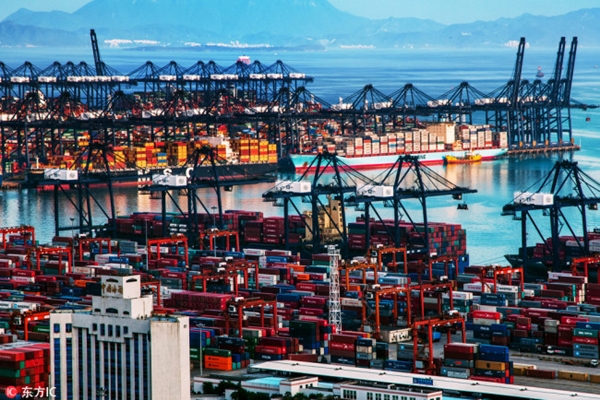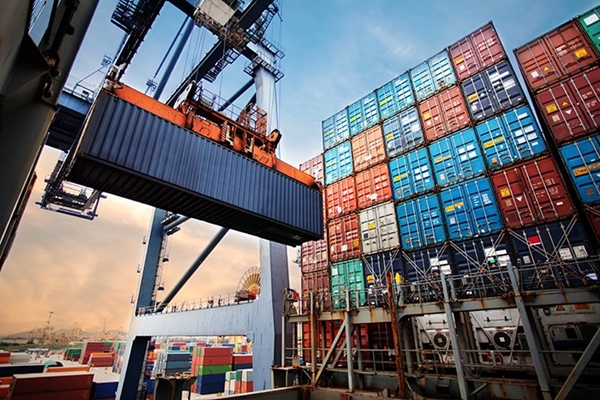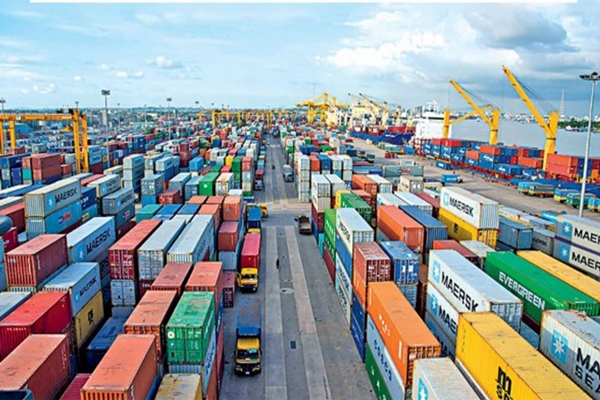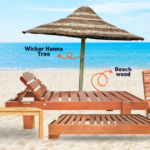How to become an importer in USA , On the off chance that you are new to bringing merchandise into the U.S. there are numerous necessities, limitations, and guidelines included. From standard limitations, Other Government Departments (OGD) grants or examinations to Customs structures. Some data, for example, a thing being qualified for diminished paces of obligation or qualified for one of the many Free Trade Agreements (FTA), or items that are not allowed to enter the business of the U.S. since they are made from an office situated in a banned nation, must be resolved on the off chance that you realize the items Harmonized Tariff Schedule Classification. Deciding your item’s tax number can be very intricate. Beginning with a decent comprehension of Customs guidelines and prerequisites are vital to bringing in progress. The following is a short review of what is required when dispatching merchandise into the U.S.
How to become an importer in USA

U.S. Import Requirements
1. Do I Need A Customs Broker?
Customs leeway likewise generally alluded to as Customs discharge is presumably the primary interesting point. Contingent upon the estimation of your shipment you need to decide whether a Customs intermediary is required.
For shipments esteemed under $2,500 USD, U.S. Customs and Border Protection (CBP) will regularly permit the merchandise to go into the U.S. under a casual section. Nonetheless, in situations where the products are controlled by the U.S. Food and Drug Administration (FDA), or if the merchandise fall under Anti-Dumping or Countervailing obligations, portion, or other limited products, these merchandise require a conventional passage and don’t fit the bill for this exclusion.
In the event that a conventional passage is required you need to have a record set up with a Customs specialist and documentation arranged preceding transportation. Documentation is typically finished by the exporter or provider preceding the products being conveyed to the transporter. The Importer of Record (IOR) is eventually mindful to guarantee that the documentation gave is precise and complete. It is important that you have all the appropriate documentation and data. Whenever desk work is submitted to your Customs specialist, they will survey the data for exactness preceding the data being submitted to CBP.
Read
2. Set up Your Import Documents
Records that are normally needed with every shipment are recorded underneath:
- Customs/Commercial Invoice
- Bill of Lading
- OGD Documents
- Product Specific Requirements or Documents
3. Meet Commodity Specific And OGD Requirements
Product explicit and OGD necessities rely upon other government division’s security, energy productivity, wellbeing, principles, and so forth A considerable lot of the things can’t be imported without a grant, permit or extra documentation to fulfill the division’s necessities.

Everything brought into the U.S. should be appropriately set apart with the nation of birthplace. There are a few exemptions for the stamping necessities which are recorded in the government code of guidelines 19CFR134.33 the J List special cases. A few items are hard, or outlandish, to check, for example,
- Jolts
- Nuts
- Washers
- Cut Flowers
- Kindling
Whenever imported in a compartment and the holder arrives at a definitive buyer, at that point it is needed to be set apart with the nation of birthplace.
4. Pay Import Duty Fees And Taxes
Obligation rates are charges that are paid to CBP. Obligation rates depend on the characterization of the items that are entering the U.S. The IOR is liable for paying these charges. Your Customs dealer has the power to pay the obligation expenses for your sake and receipt you for them or set up a computerized clearing house represent you to pay the obligation straightforwardly to U.S. Customs.
5. Decide Correct Harmonized Tariff Schedule
Items that enter the U.S. are grouped by the Harmonized Tariff Schedule of the United States. Merchandise are put in an item class called arrangement, the number used to order the item is all the more ordinarily alluded to as a Harmonized Tariff Schedule or HTS number. The grouping number is 10 digits and that number decides the pace of obligation that will be applied to your item. U.S. Customs has an online variant of the most current HTS codes accessible.

Characterization can be a troublesome cycle that for the most part requires a great deal of exploration and item data. As the IOR, you are at last answerable for giving the right item characterization to CBP. Entering merchandise into the U.S. with an erroneous characterization or obligation rate could bring about punishments or expanded obligation bills. Numerous shippers decide to enlist a Customs intermediary to help them with the order of their merchandise. Try not to be astonished if your Customs representative requests fixing records or composed writing on your item while helping you with your item characterization.
All in all, it is the IOR’s obligation to ensure their merchandise meet all the prerequisites for section into the U.S. A Customs representative is there to help out and help you with the different prerequisites and guidelines. Continuously prepare and make certain to know before you go to guarantee an issue free importation into the U.S.
In the event that you are bringing or sending out merchandise into the U.S., Pacific Customs Brokers can help. We work with a wide range of shippers from a wide scope of businesses offering U.S. also, Canadian Customs Brokerage, exchange consistence counseling, cargo sending, warehousing and dissemination administrations.






